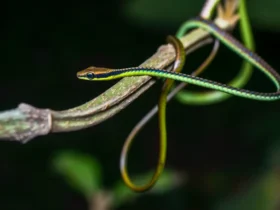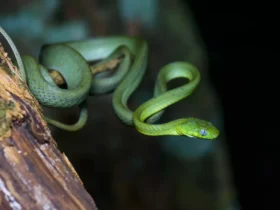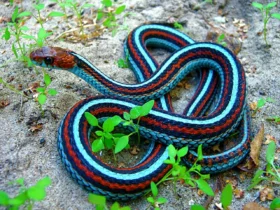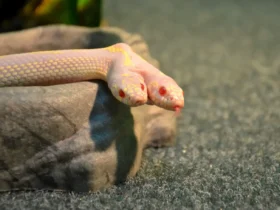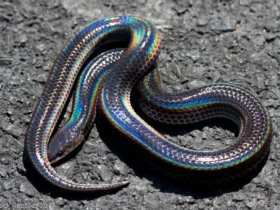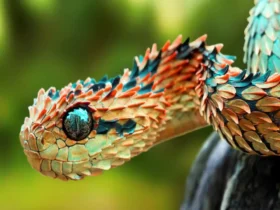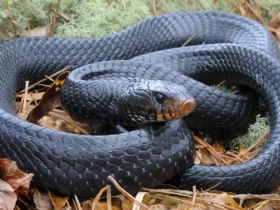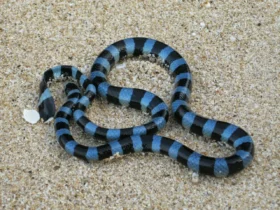The Mud Snake (Farancia abacura) is a captivating and enigmatic creature found in the wetlands of North America. With its striking appearance and unique adaptations, this snake has intrigued herpetologists and nature enthusiasts alike. In this article, we delve into the remarkable characteristics and intriguing behavior of the Mud Snake.
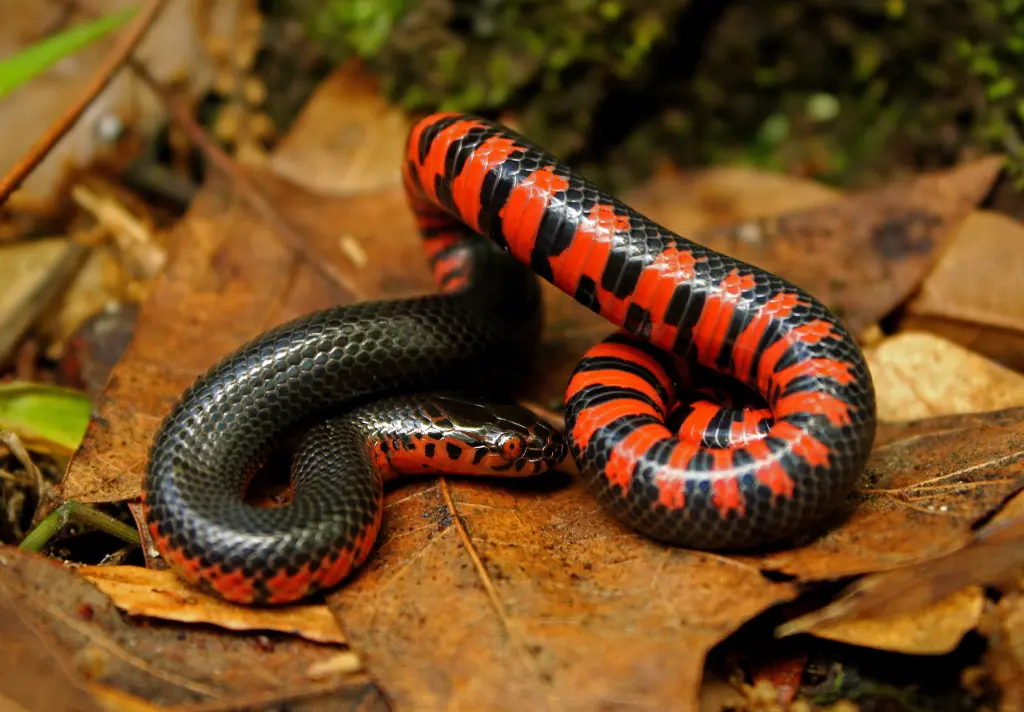
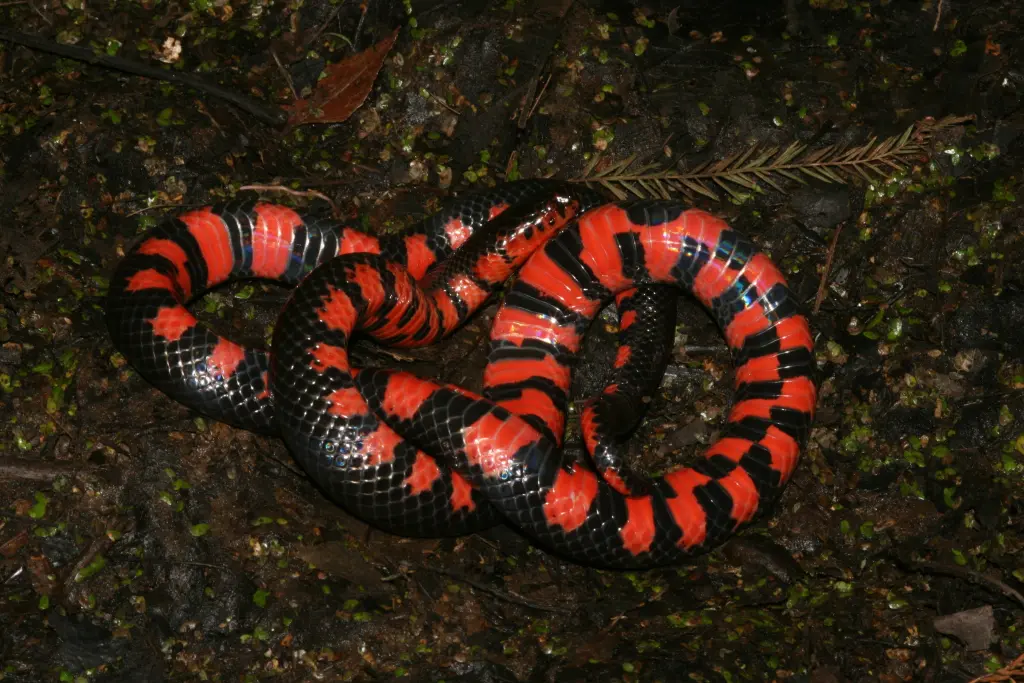
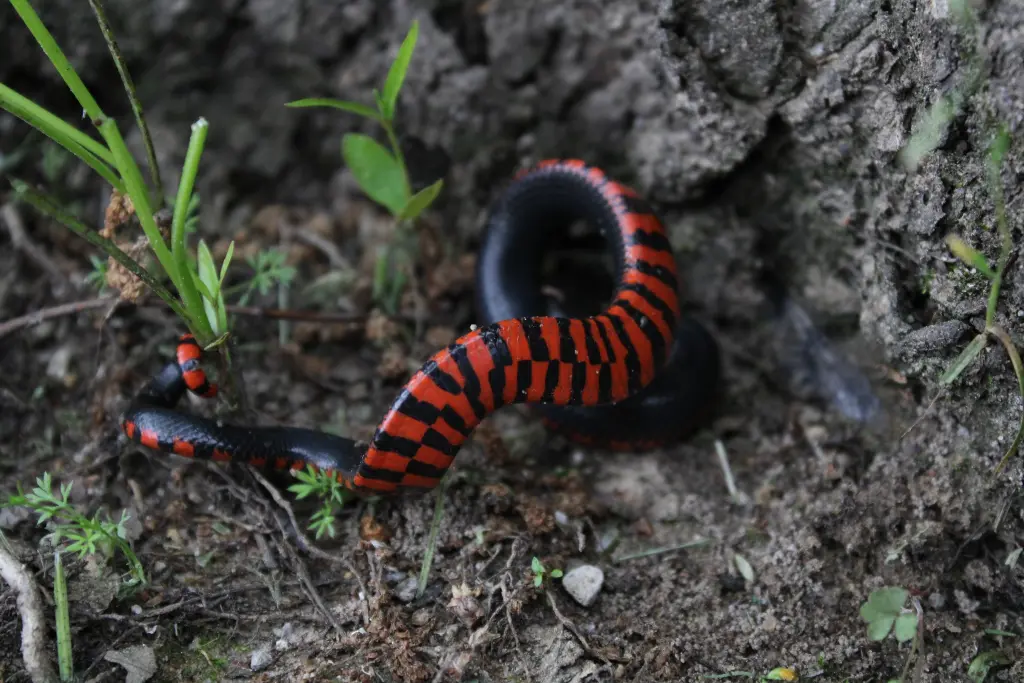
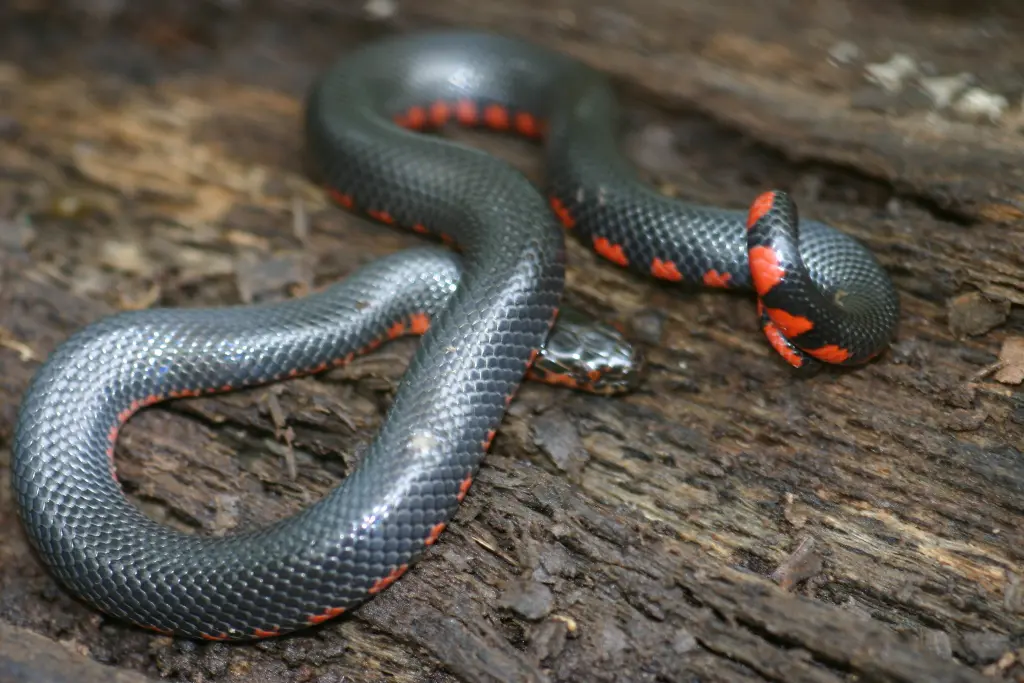
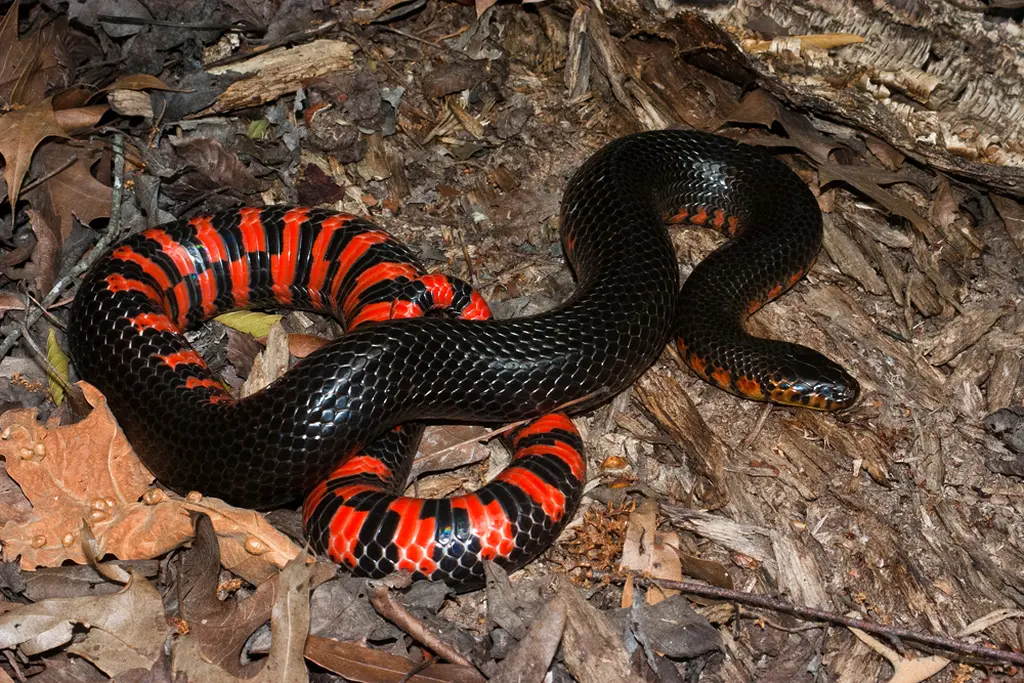
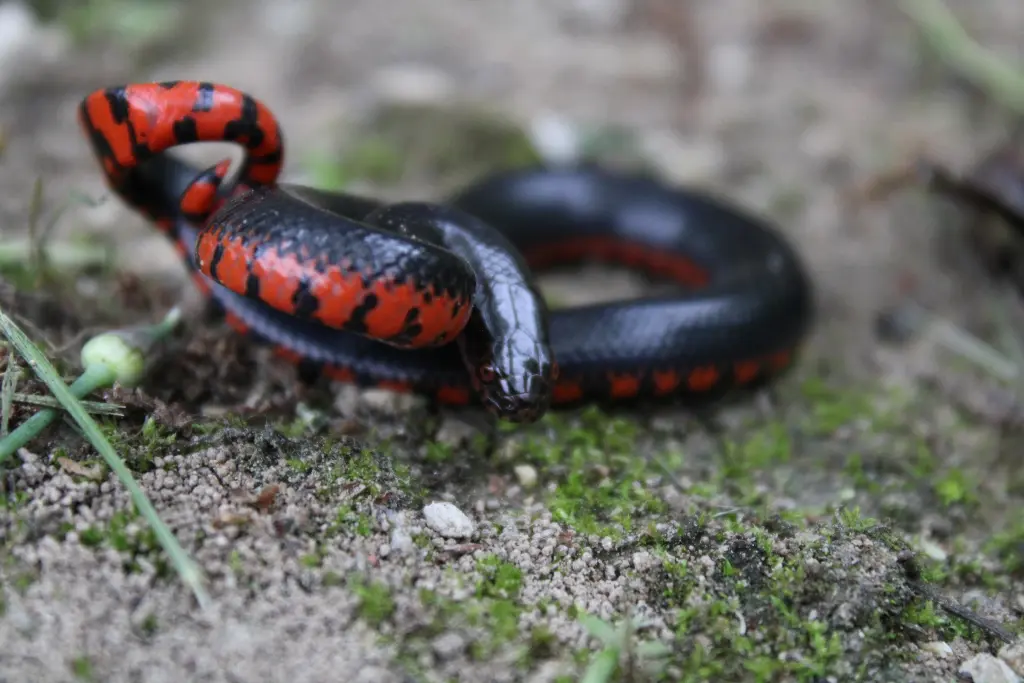
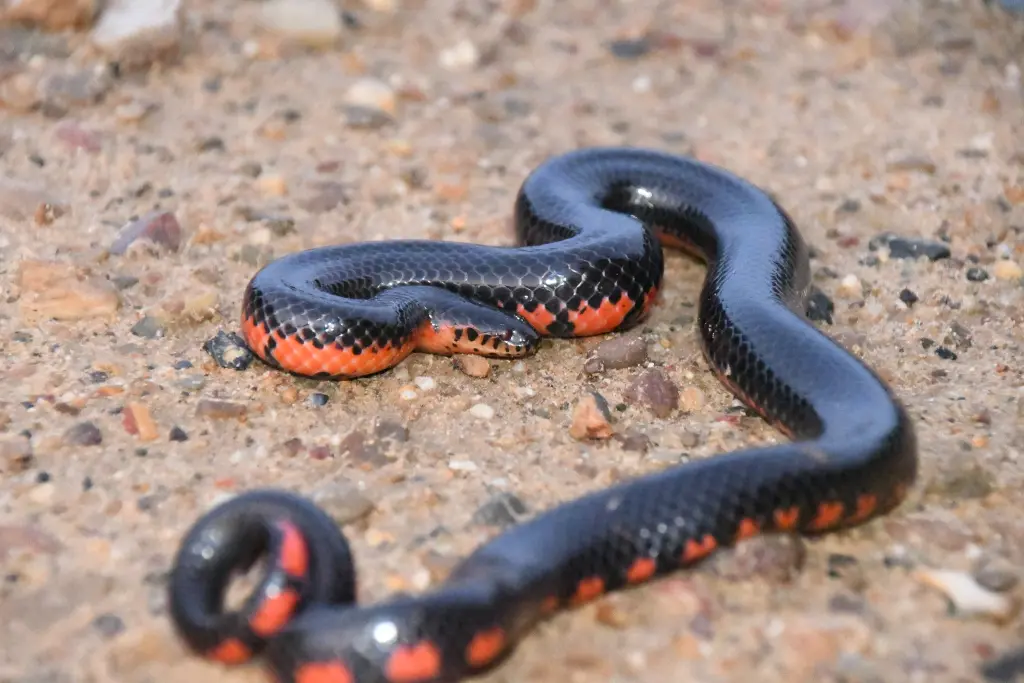
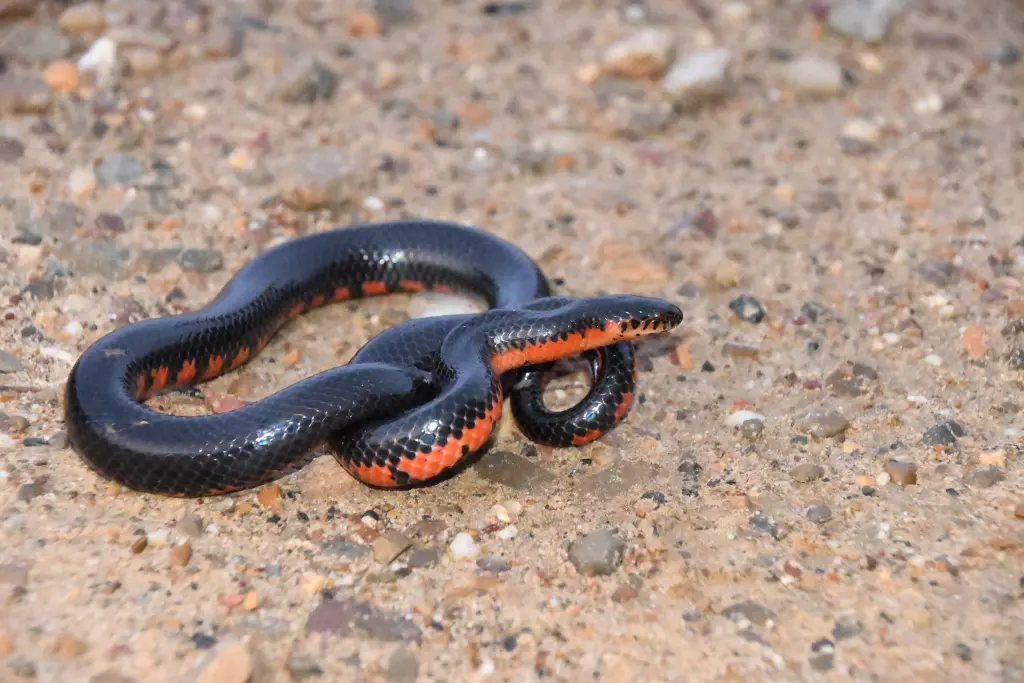
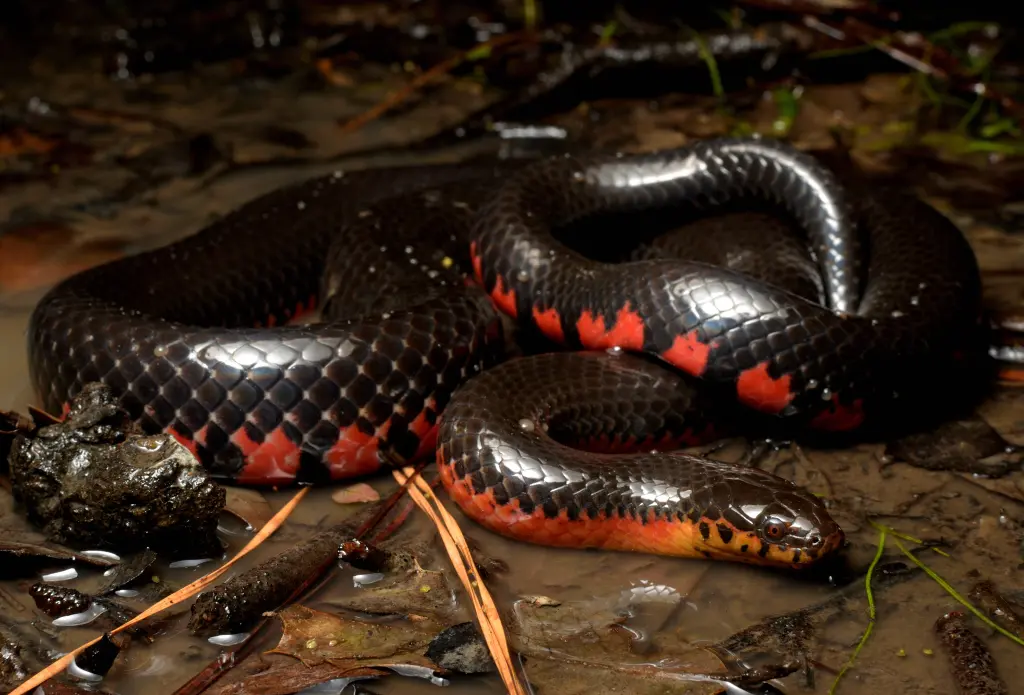
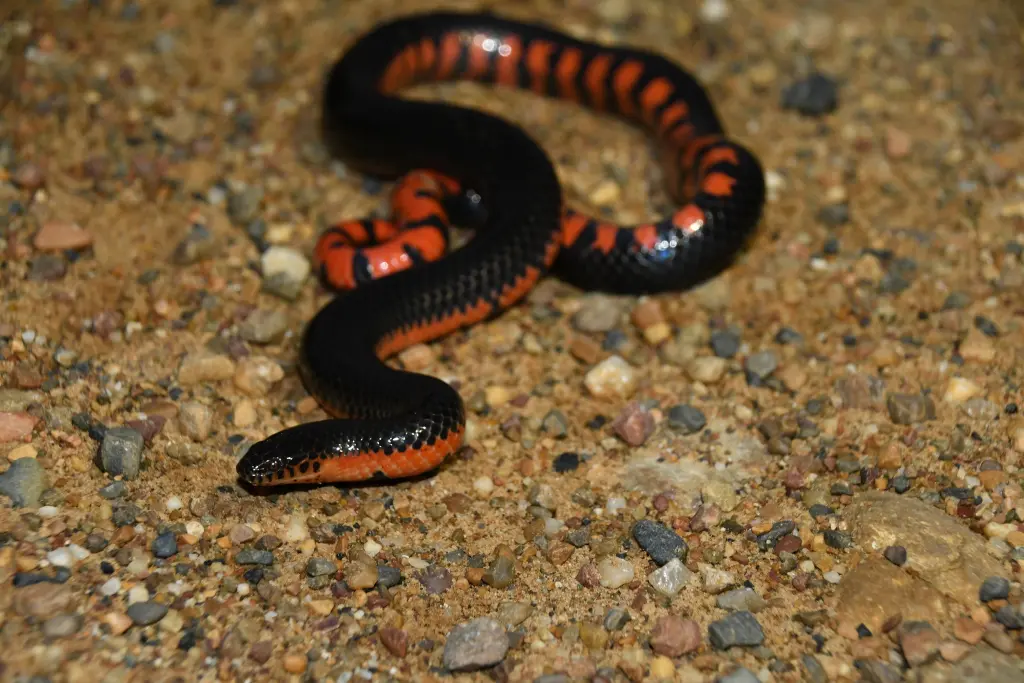
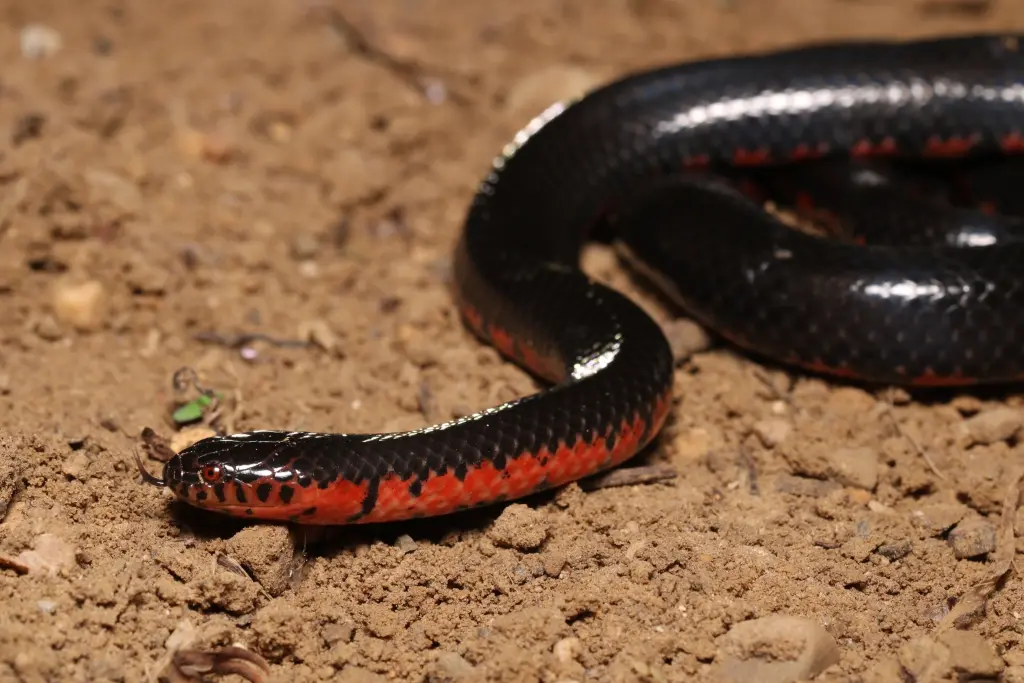
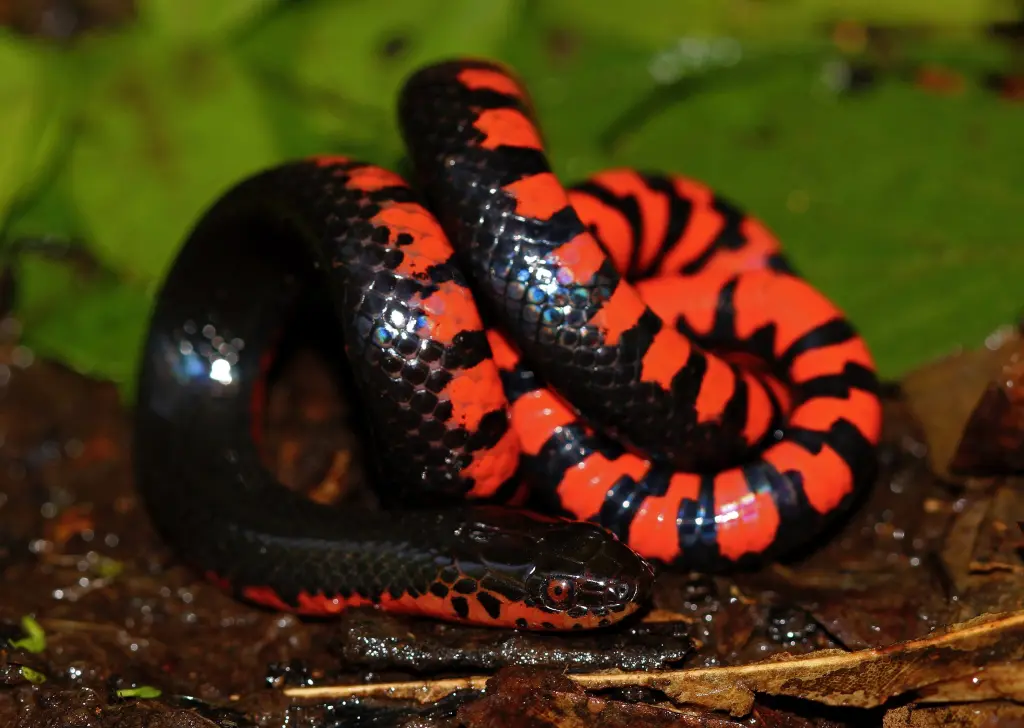
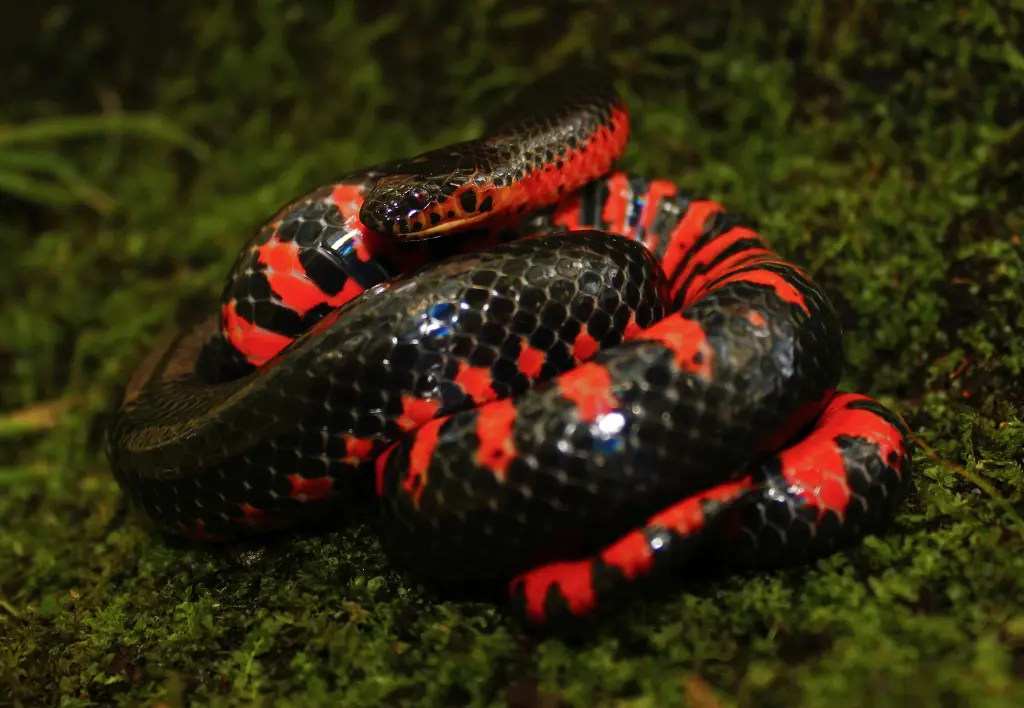
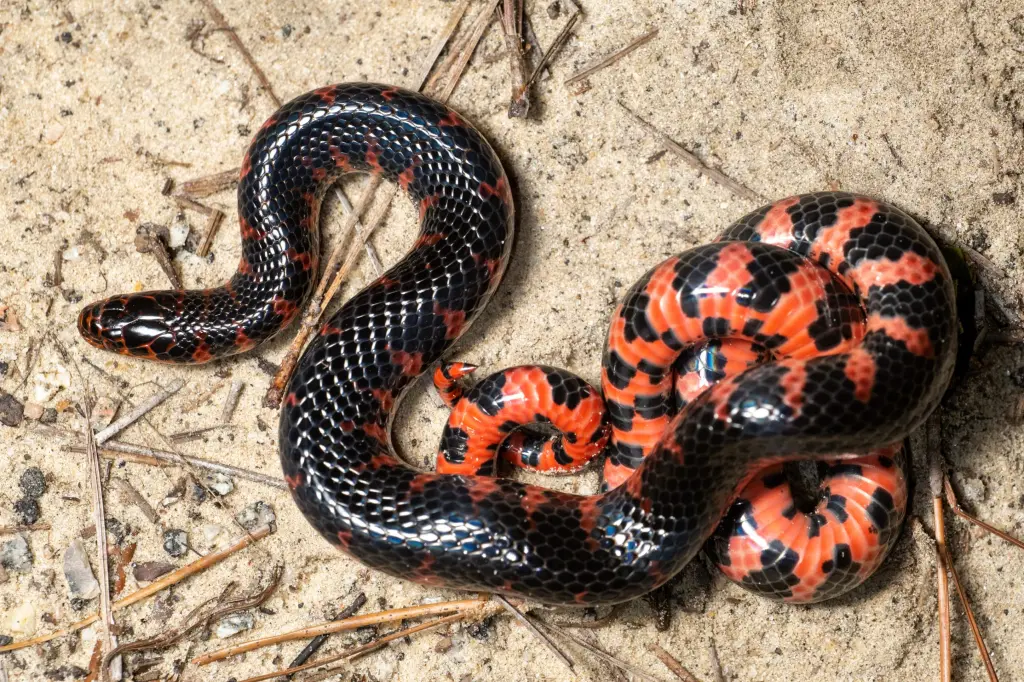
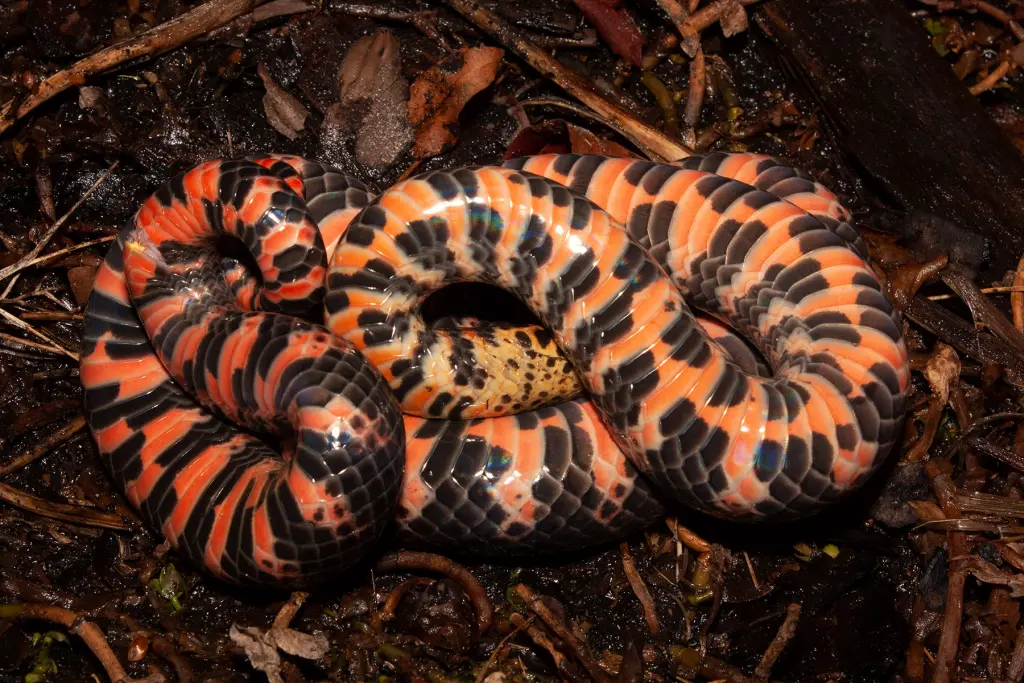
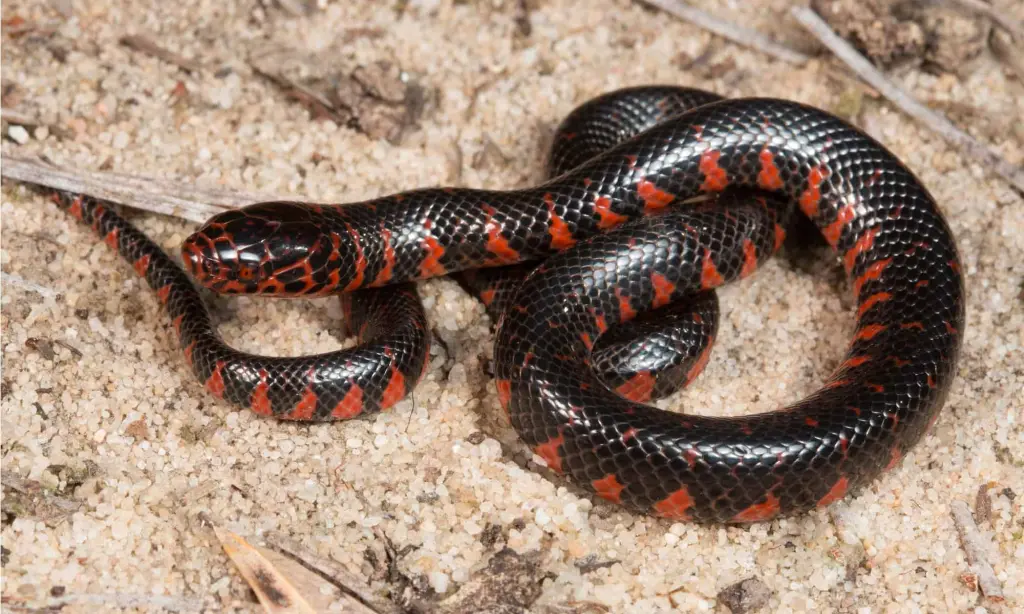
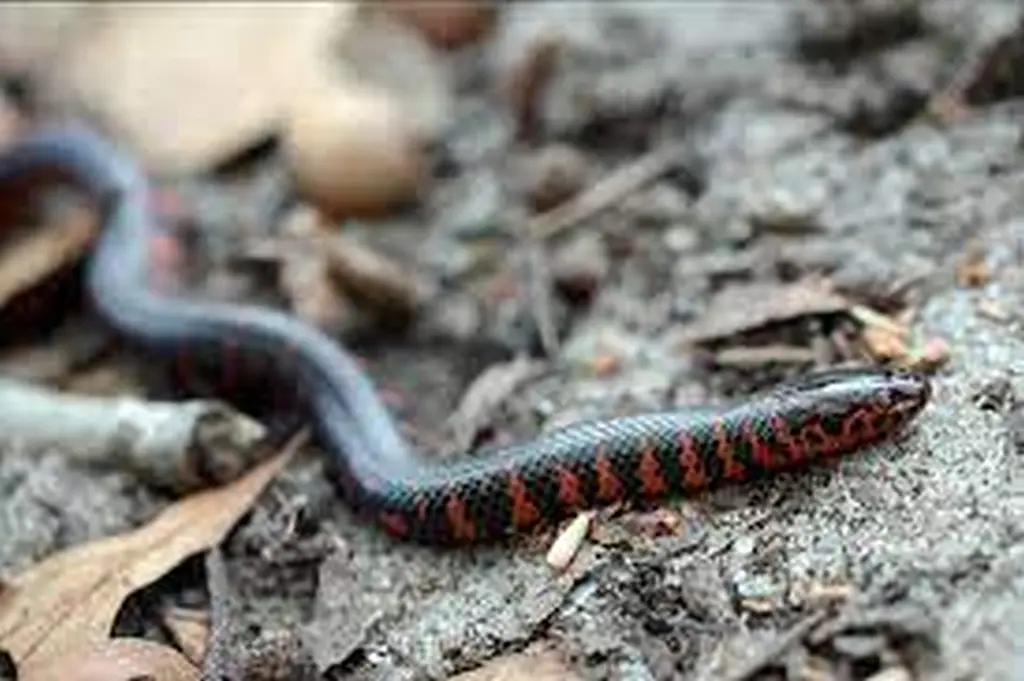
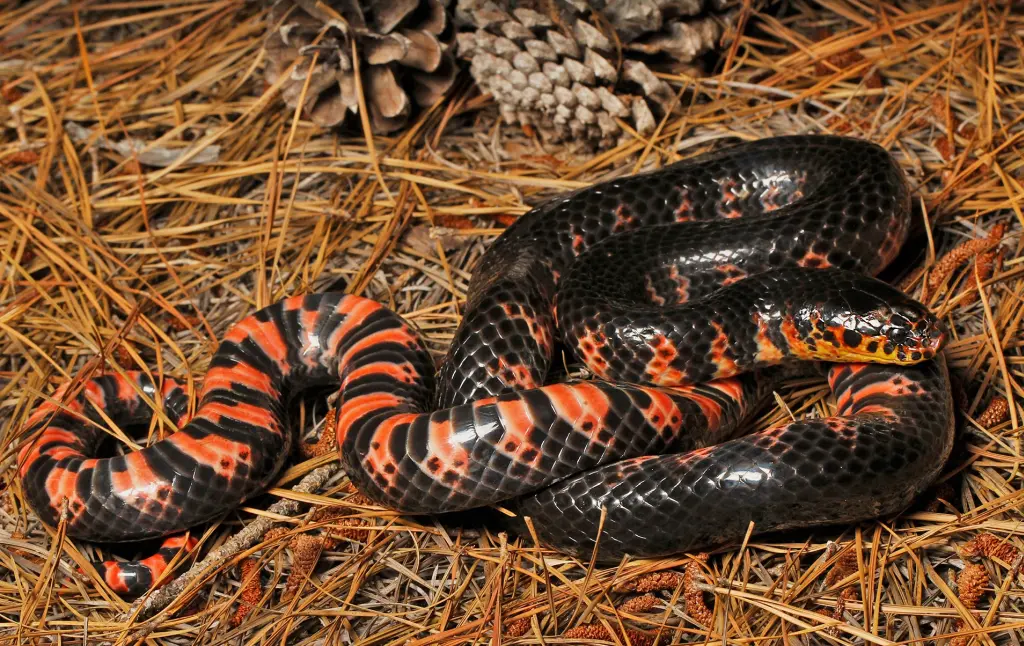
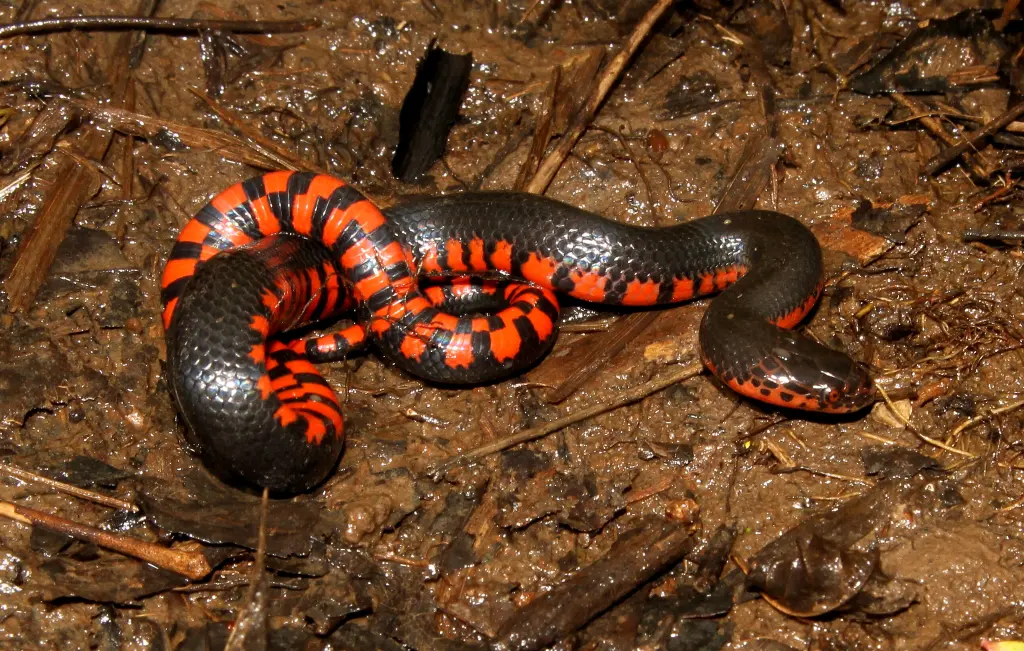
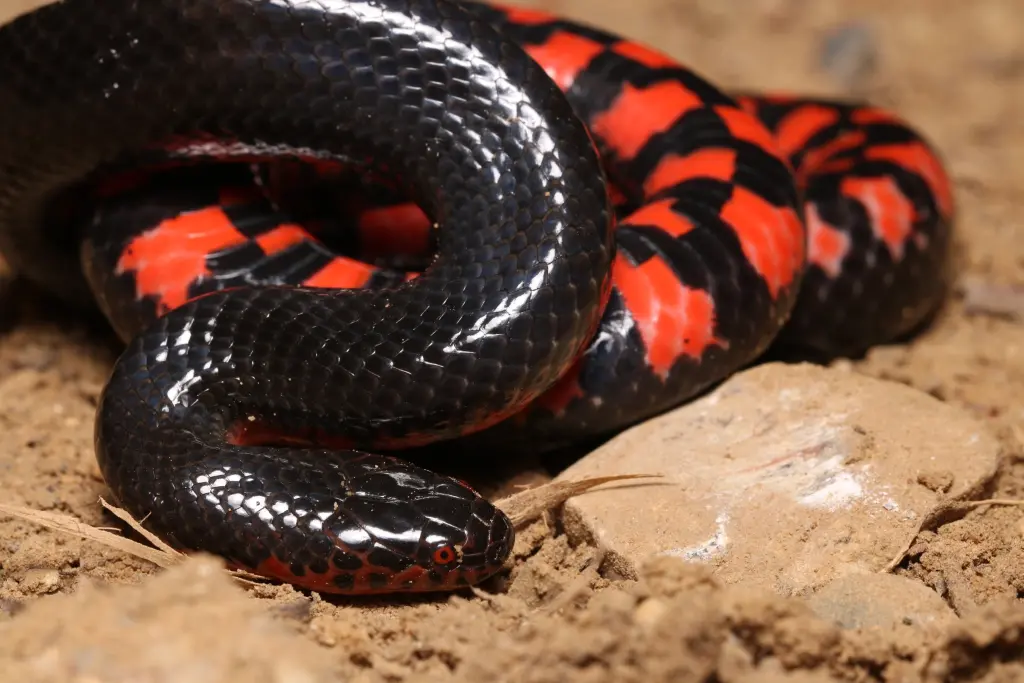
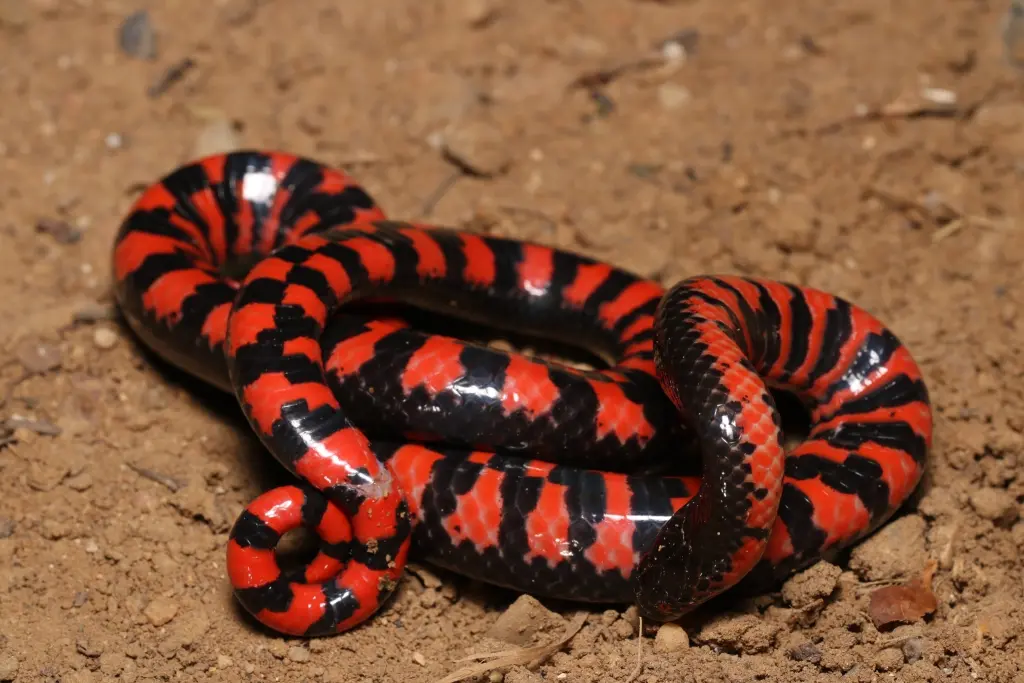
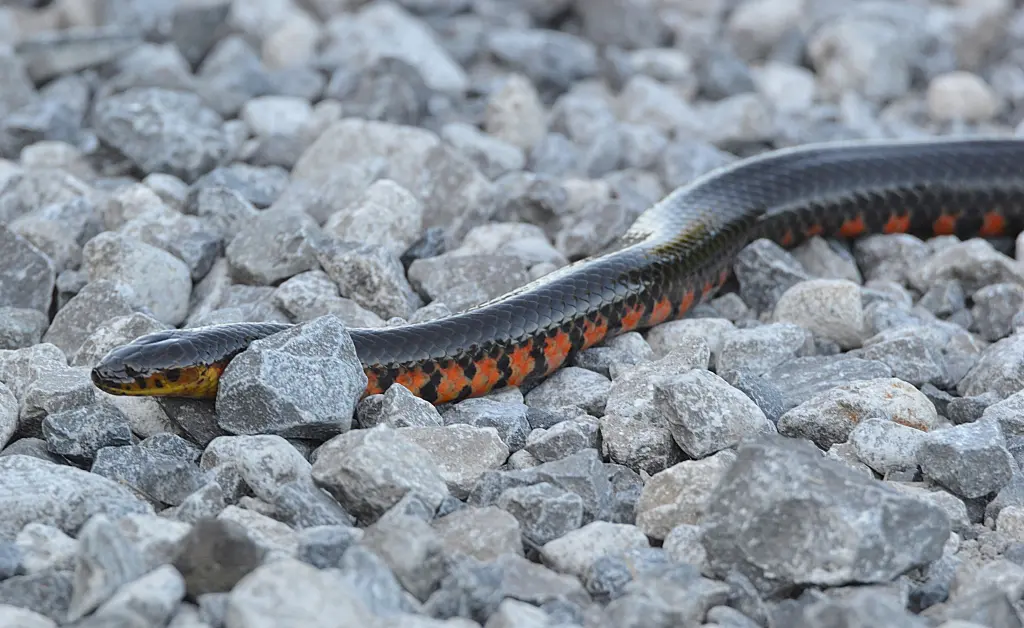
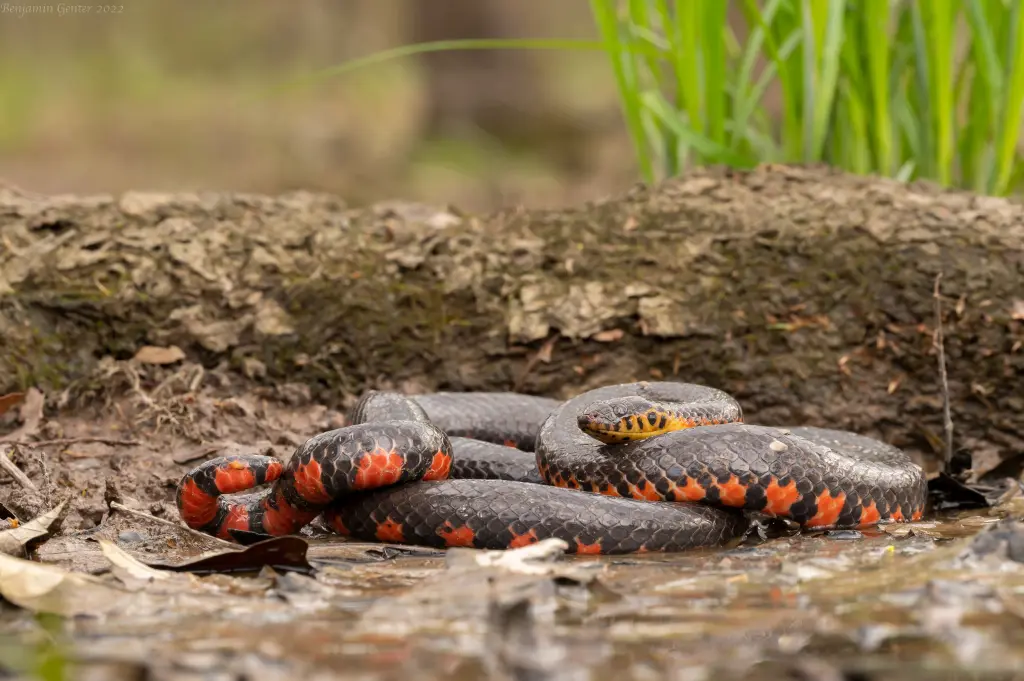
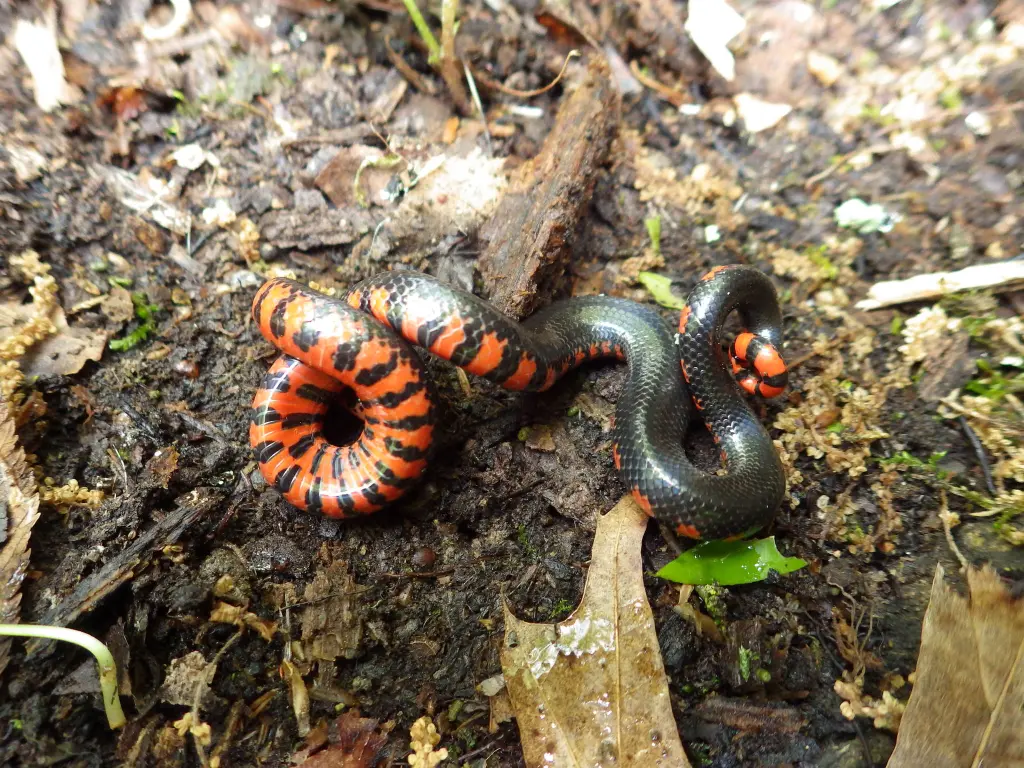
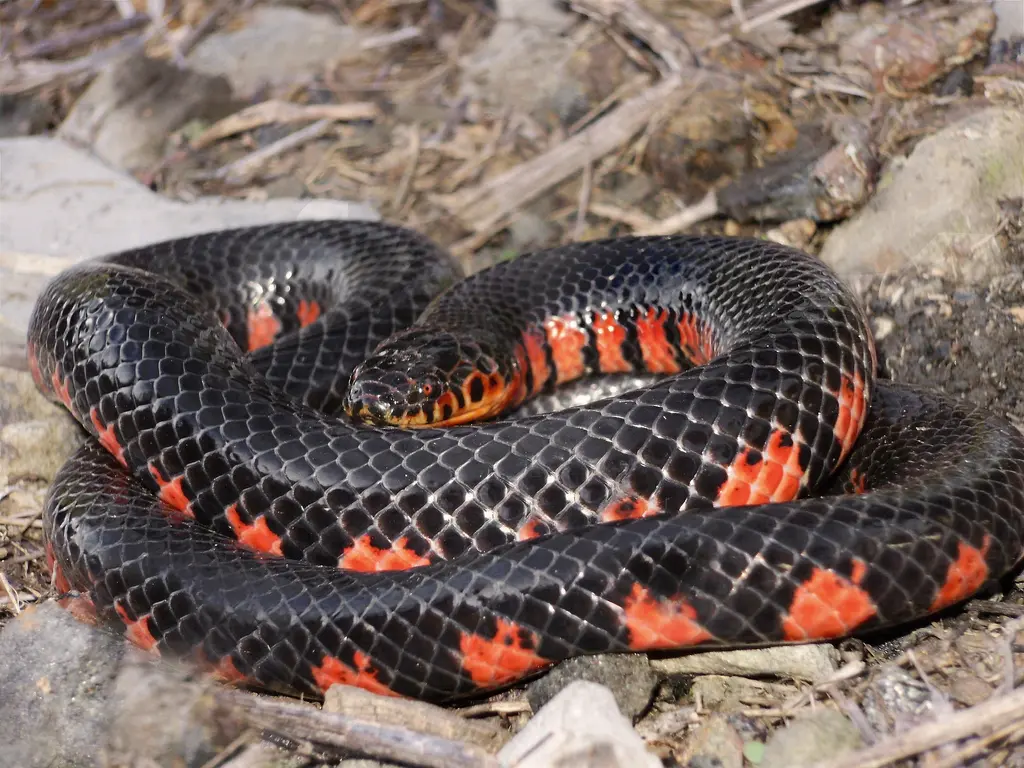
Appearance and Physical Features
The Mud Snake boasts an impressive physique, growing up to six feet in length, making it one of the largest snakes in its habitat. Its glossy scales exhibit a distinct pattern of black, red, and yellow bands, giving it an eye-catching appearance. Unlike most other snakes, the Mud Snake possesses a shovel-like snout, which aids in burrowing through the muddy substrates it calls home. Its cylindrical body and flattened tail enable efficient movement through the water, while its underbelly is a uniform red or pink, offering excellent camouflage.
Habitat and Distribution
Mud Snakes are primarily found in the southeastern regions of the United States, where they inhabit a variety of aquatic habitats such as swamps, marshes, and slow-moving bodies of water. They thrive in areas with abundant vegetation, as these provide both shelter and a rich source of prey. The species’ range extends from the coastal plains of North Carolina to the Gulf Coast of Texas, including parts of Florida, Louisiana, Alabama, and Mississippi. Due to their secretive nature and preference for remote locations, encountering a Mud Snake in the wild is a rare and exciting occurrence.
Diet and Feeding Behavior
The Mud Snake has a specialized diet, primarily consisting of amphibians, particularly eels and salamanders. With its powerful constriction capabilities, it subdues its prey before swallowing it whole. The snake possesses sharp rear-facing teeth, allowing it to secure its grip on slippery prey. Interestingly, Mud Snakes are known to consume prey items larger than their own heads by dislocating their jaws. Their feeding behavior is primarily nocturnal, and they rely on their strong sense of smell to locate potential meals in the murky depths of the wetlands.
Reproduction and Life Cycle
Little is known about the reproductive habits of the Mud Snake due to its elusive nature. However, it is believed that these snakes engage in a unique mating behavior known as the “mating ball,” where multiple males may compete for a female. After mating, the female lays a clutch of 10-60 eggs in hidden locations such as decaying logs or rotting vegetation. The young hatch after an incubation period of around two months and are already equipped with the ability to swim and hunt. Mud Snakes typically reach sexual maturity around three to five years of age.
Final Thought
The Mud Snake’s mysterious nature and adaptations make it a captivating creature of the wetlands. Its striking appearance, specialized diet, and unique behaviors are a testament to the diversity of the natural world. While their conservation status and threats remain important topics, appreciating the Mud Snake’s beauty and ecological significance is equally valuable.
